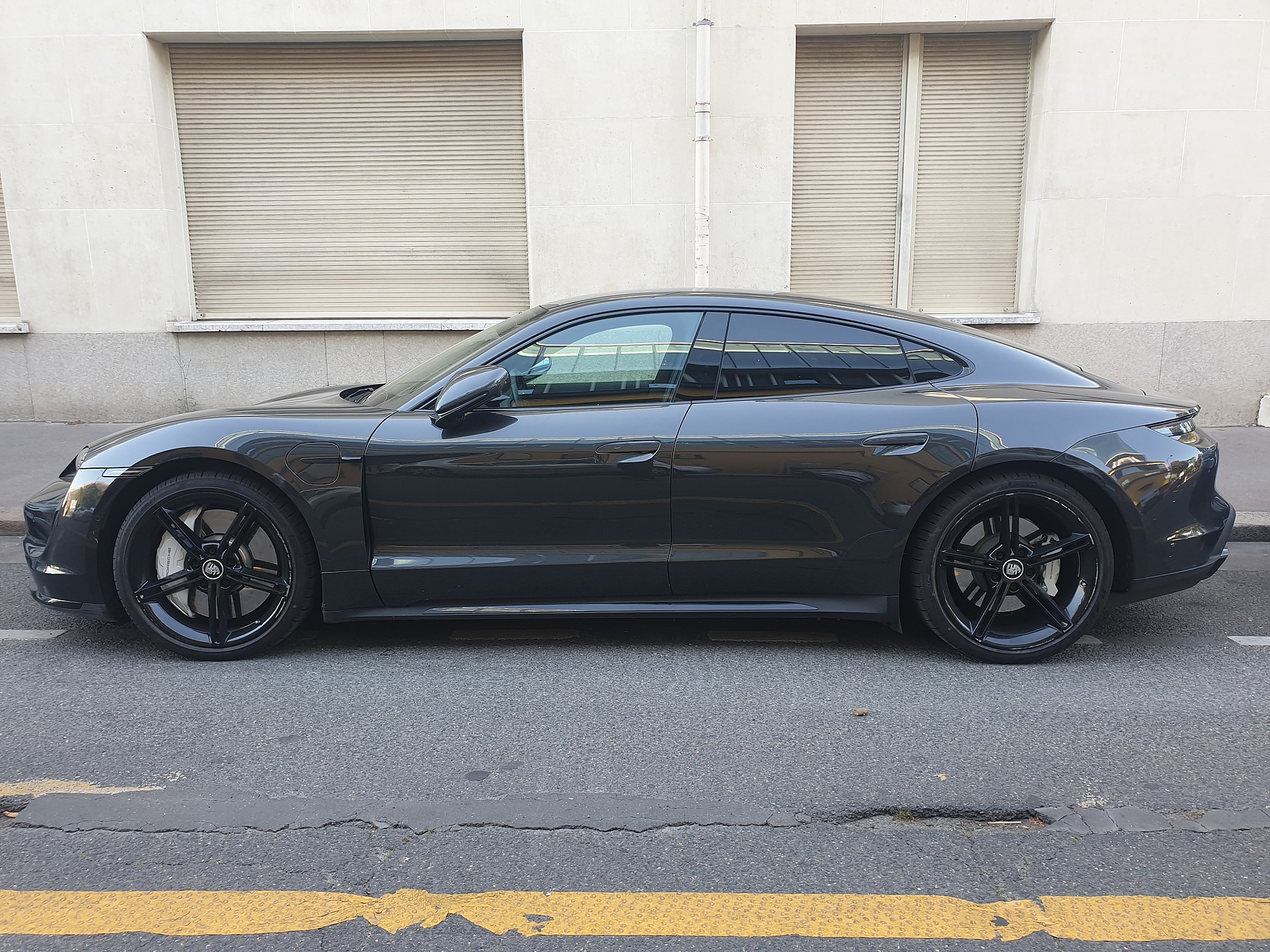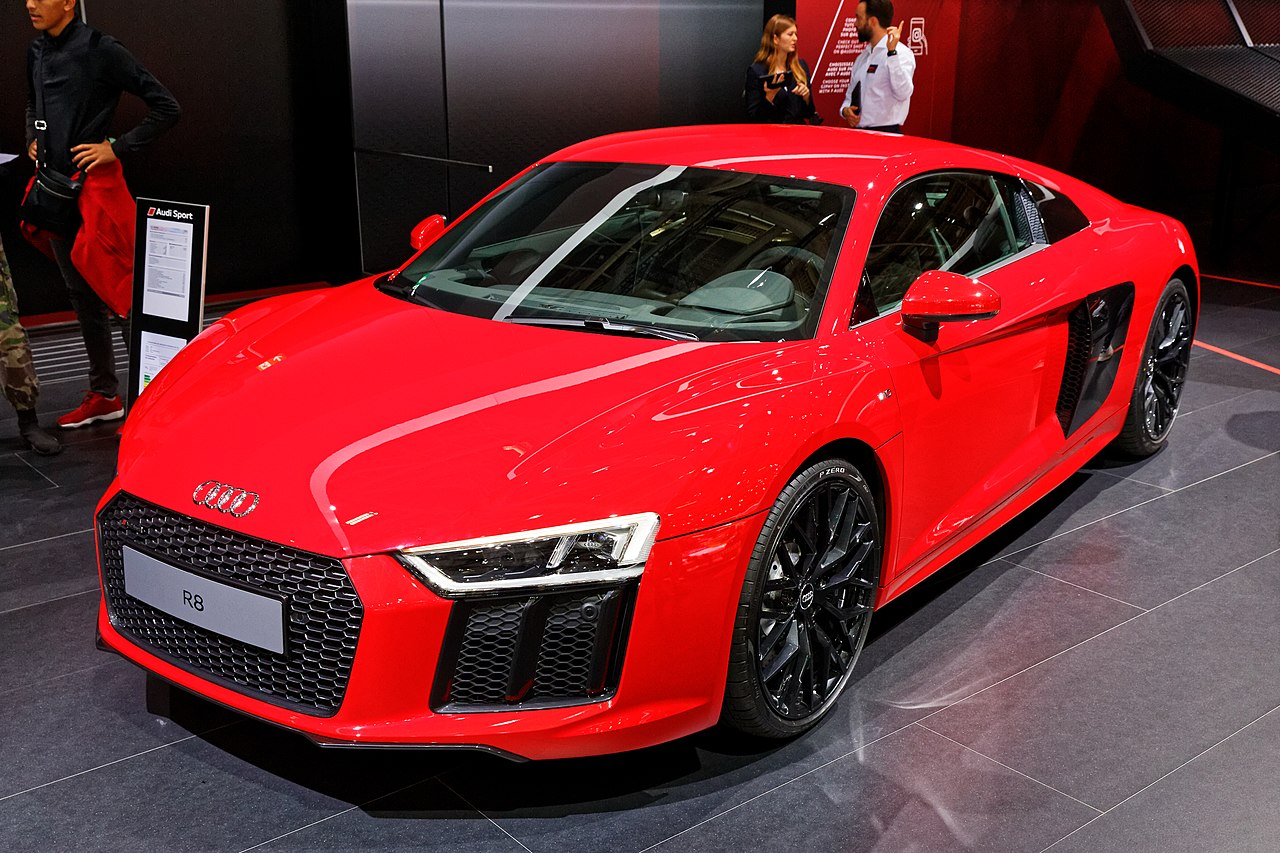
[ad_1]
There was a time not too way back {that a} V10 engine in a supercar was nothing of notice. It has solely actually been within the 2010s, with the arrival of efficiency hybrids and full EV hypercars, that producers have began to comply with the development that the pc trade has because it began, that of smaller, extra highly effective, and extra environment friendly. In different phrases, twin-turbo V6s at the moment are changing into the supercar engine, particularly when paired with a one or two electrical motors, whereas just a few producers nonetheless even whisper the phrase V12, and some are steadfast in utilizing V10s.
It’s the latter that we’re right now, as they’re changing into a uncommon breed of engine certainly. In reality, they’re now so uncommon within the supercar discipline that it really causes a stir when an organization boldly claims “we put a V10 in there!”
Why V10s Are Disappearing, Regardless of Their Benefits
Sure, we used the large A-word within the heading there, as lots of people say that V10s are, by their nature, troublesome to make and work with. Whereas there may be some reality with that, if it’s designed and engineered properly, as you’ll quickly see, a V10 could be a correctly epic engine.
The primary main benefit with a V10 is that when you discover the right angle between the cylinder banks, the engine naturally balances itself out. No stability shafts, no counterbalancing ballast, simply the reciprocating mass of the crankshaft and cylinders reaching a harmonic equilibrium and the engine is {smooth} as butter. For many V10s, that financial institution angle is 72 levels.

That is exemplified in one of the vital wonderful V10s to ever be put in a supercar, the Lexus 1LR-GUE within the excellent Lexus LFA. It has a financial institution angle of 72 levels, a bore and stroke of 88 and 79 mm respectively, and makes use of an even-firing order, which means that its ignition goes L1-R1-L5-R5 and so forth, between the left and proper banks. Due to its design as a naturally balanced engine, in addition to being comparatively small displacement at 4.8L, it could actually rev extremely quick with none sort of vibration harm, from idle to its redline of 9,000 RPM in underneath a second.
The second main benefit of a V10 is that it could actually produce some fairly unimaginable energy. Whereas V10s had been round for some time by the point the Nineteen Nineties rolled round, there was a major leap within the energy and efficiency of those engines when turbocharged engines had been banned in Method One. V10s turned the engine of alternative 7 years after the turbo ban, so that each automobile on the grid in 1996 was working one, and so they lasted till 2006, with among the finest exhaust notes to grace a grand prix circuit.

The reasoning is that regardless of being completely tiny at 3.0L, these naturally aspirated V10s had such exact stability and tolerances that by the point the mid-2000s rolled round, every cylinder was reaching 150 ignitions, or 300 full strokes, per second. That’s 19,000 RPM, and so they had been successfully chucking out 1,000 HP, naturally aspirated. Whereas that’s not one thing that may work for a street automobile, a whole lot of the expertise and management techniques for these engines did make it into street vehicles, an ideal instance being the 2006-2010 BMW E60 M5. That automobile had the engine management, the engine itself, and the 7-speed semi-automatic transmission developed along side the Sauber F1 workforce, whom BMW had been title companions with within the 2000s as BMW-Sauber.
Whereas these are solely two examples of why V10s are fairly unimaginable engines, the actual fact of the matter is that whereas they produce unimaginable energy and are astoundingly {smooth} if designed properly, they’re additionally very advanced to make. We’re not speaking by way of pure meeting and mechanical objects right here, we’re which means that if a V10 is not designed properly, extra objects equivalent to balancing shafts, counterweight ballast, even a unique profile of crankshaft are wanted. These add two issues a whole lot of producers don’t need: weight and cash.

Additionally contemplate that when you can put pressured induction onto a V10, and get some insane outcomes as demonstrated by twin-turbo Lamborghini Huracans on the market with over 1,600 or extra HP, it’s a lot, a lot simpler to do pressured induction on fewer cylinders. A quite common sort of cheap efficiency automobile is the “Sizzling hatch,” which is mostly a small hatchback with a turbocharged inline-four, and when you mate two inline-fours on the crankshaft and put them at a 90 diploma angle, you’ve got a twin-turbo V8 engine. They’re cheap, produce immense energy, and are lighter and shorter than V10s.
That final level is without doubt one of the greatest causes that V10s are disappearing from not simply supercars, however nearly all vehicles. By the character of needing 5 cylinders per financial institution as an alternative of 4 and even 3, the engine is longer and heavier, requiring extra chassis and physique to cowl the engine bay, be it entrance mounted or mid-mounted. With some correctly expert designers, you may make that work, an instance being the proper proportions of an Audi R8 or the offended, angular, attacking look of a Lamborghini Huracan, each vehicles sharing the identical engine.

The ultimate cause that they’re disappearing can also be one of many greatest generational shifts in not simply engines, however motoring basically. We live within the age of the usable electrical automobile, one thing we’ll contact on later, however with much less and fewer reliance on the inner combustion engine as the first and solely supply of vehicular motivation, a V10 has turned increasingly more into an costly danger {that a} producer should contemplate when designing their subsequent efficiency automobile. The outcomes, as will be seen proper now, are that they’re selecting to go to twin-turbo V6s and naturally aspirated V8s most of the time.
There Are Solely Two V10 Supercars Proper Now
To focus on that the V10 is a really uncommon breed nowadays, solely two supercars in 2023 will be purchased new with 10 cylinders in them. The really ironic a part of that is that each vehicles share the identical engine, the 5.2L FSI V10 from Audi, used within the Audi R8 GT and the Lamborghini Huracan. Each vehicles produce the identical 550 to 650 HP, relying on the appliance and what model of the automobile you purchase, and each share about 75% of elements.

All different producers are both doing V6s and V8s, or, when you’re trying extra in direction of the hypercar and luxurious finish of issues, V12s, W12s, and W16s. As said initially, it was once that each different month you’d hear a few new supercar with a V10 engine, and over the previous 20 years, these engines have slowly however absolutely stopped being made. You already know it’s severe when even luxurious street vehicles, like govt sedans from Germany, and luxurious yachts like Bentleys and Rolls-Royces, have foregone the smooth-as-butter V10 to place in a V8.

The easy truth of the matter is that the V10, when executed proper, is an absolute powerhouse engine. Sadly, the final time a very new, revolutionary, high-tech V10 made it in a supercar was the aforementioned Lexus LFA. That automobile was additionally a really particular train in engineering and design, the “Billion greenback failure” of Toyota as a result of they wished to point out what they might do if there have been no limits on their engineers and designers. It is without doubt one of the most wonderful supercars ever made, but it surely additionally bears the banner of being the final really new V10 to make it to the street.
“However the Huracan got here out after the LFA!” we hear you saying, so enable us to elucidate. The V10 used within the Huracan is an evolution of the V10 used within the authentic R8 V10 and the Lamborghini Gallardo, whereas the 1LR-GUE was a completely new, by no means earlier than seen, by no means seen since V10 that had Method One engineers concerned, from when Toyota had an F1 workforce. They introduced in Yamaha, makers of musical devices and exactly balanced sportbike engines, to assist develop and tune the engine, each figuratively and actually (there’s a cause it sounds so wonderful).
So What Occurs Now?
That… is a really loaded query.
At this cut-off date, efficiency vehicles are going by way of an enormous shift in each pondering and motivation. Simply over 30 years in the past, the considered a twin-turbo V6 engine in a supercar was laughable, and led to one of many “catastrophe vehicles” of the Nineteen Nineties, the Jaguar XJ220. It was a catastrophe as a result of nobody wished any lower than 8 cylinders, and most wished 10 or extra.
Quick ahead to right now, and one of the vital hyped and talked about supercars has a twin-turbo V6 within the center paired with some electrical motors. The Ferrari 296 is already extensively accepted, lusted after, backordered for over a 12 months, and has been hailed as one of many “better of the brand new breed.” The McLaren Artura is in an identical house, though it’s desired extra by the technically oriented than these on the lookout for the newest prancing horse, as it’s a twin-turbo V6 with a efficiency hybrid system.
There may be additionally the truth that a whole lot of efficiency automobile, supercar, and hypercar producers are all a part of the unofficial “Inexperienced Promise,” the said goal of which is to supply 80% or extra of their whole mannequin lineup as both absolutely electrical autos, or have electrical variations of their vehicles, no later than 2030 to 2035. Porsche is already there with the Taycan, the upcoming Macan EV, and the upcoming Cayman and Boxster e-Efficiency vehicles. Audi is main the cost, as they’re aiming to have absolutely half of their fashions as EVs no later than 2027, and be fully electrical, with the uncommon exception of a efficiency hybrid right here or there, by 2030.
Maybe the query shouldn’t be “The place have the V10s gone?” Maybe it ought to be “In 10 years, will supercars even have inside combustion engines?” However that… that’s one other article solely.
[ad_2]